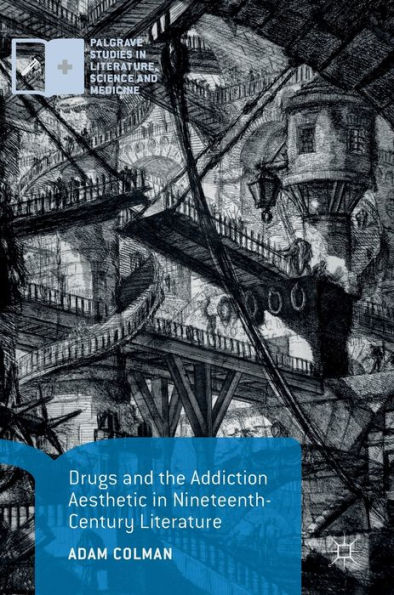5
1

Drugs and the Addiction Aesthetic in Nineteenth-Century Literature
209
Drugs and the Addiction Aesthetic in Nineteenth-Century Literature
209Hardcover(1st ed. 2019)
$84.99
84.99
In Stock

Product Details
| ISBN-13: | 9783030015893 |
|---|---|
| Publisher: | Springer International Publishing |
| Publication date: | 01/09/2019 |
| Series: | Palgrave Studies in Literature, Science and Medicine |
| Edition description: | 1st ed. 2019 |
| Pages: | 209 |
| Product dimensions: | 5.83(w) x 8.27(h) x (d) |
About the Author
From the B&N Reads Blog
